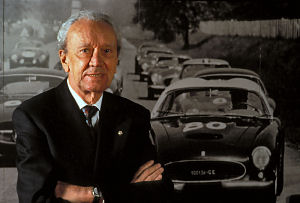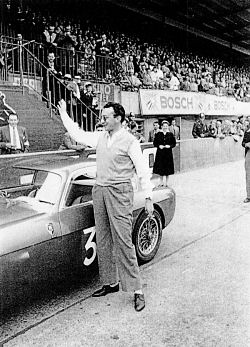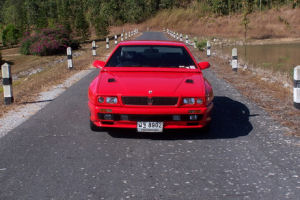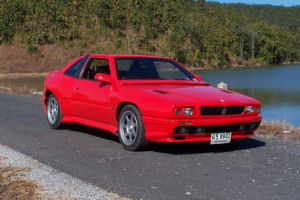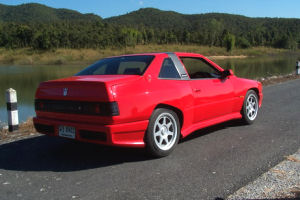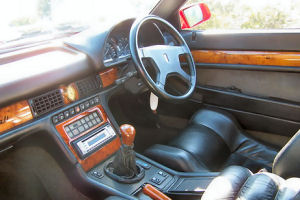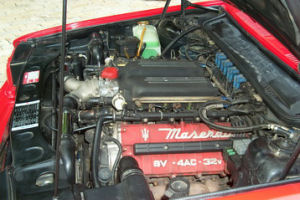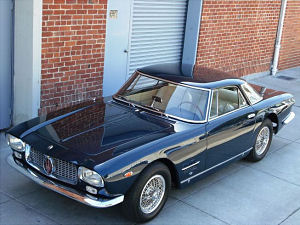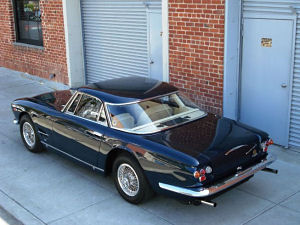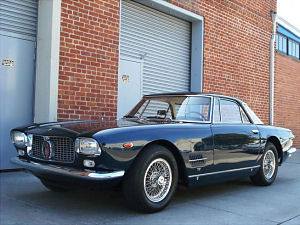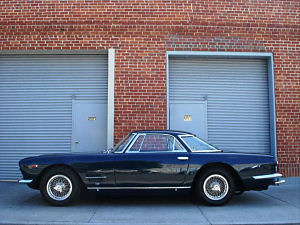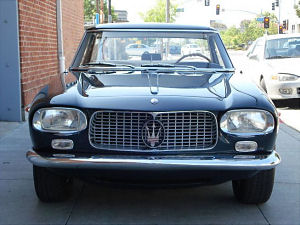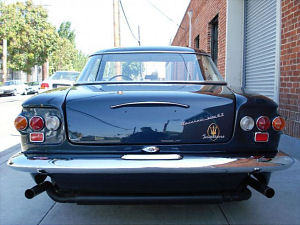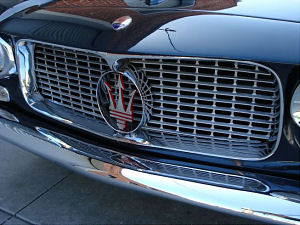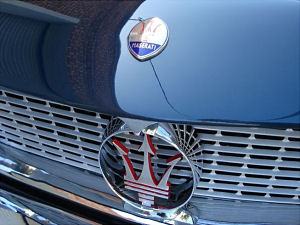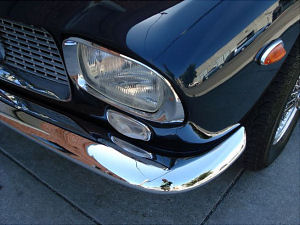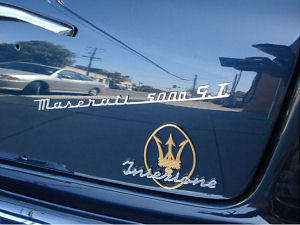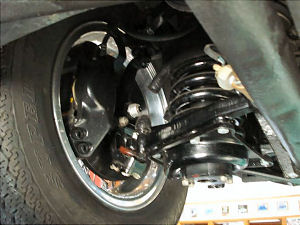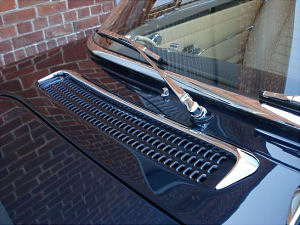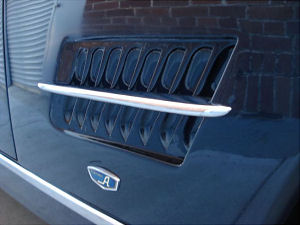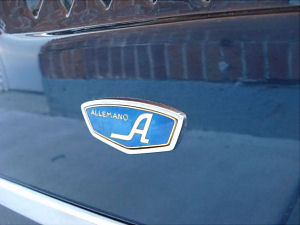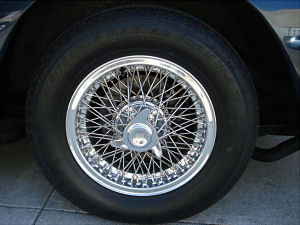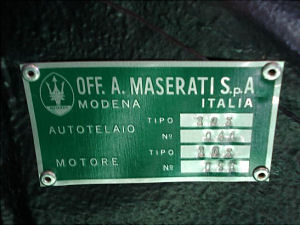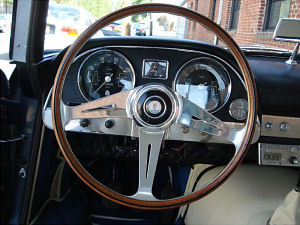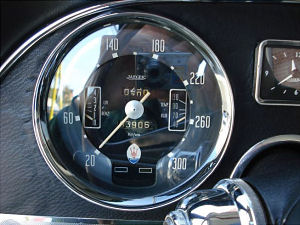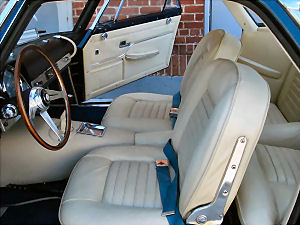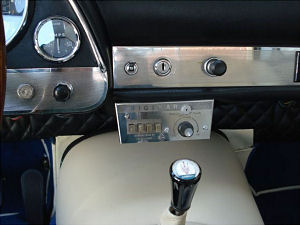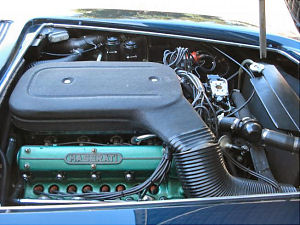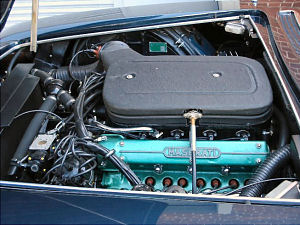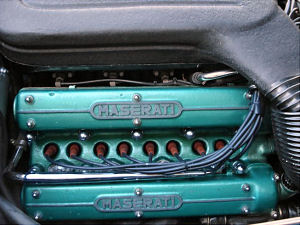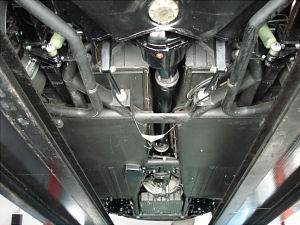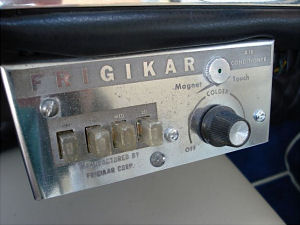|
I would like to thank Bob for allowing me to publish the history and excellent photos of his Maserati 3500 GT #AM101*1850*.
1961 Maserati 3500 GT
Chassis No - AM101*1850*
HISTORY
AM101*1850* (Carrozzeria Touring body No. 12164) was delivered new by the factory to Baron Pompeo Terribile of Mesagne (Brindisi), Italy on October 31st of 1961. It was an interim car, sporting a full set of disc brakes, a fiberglass cold air box, the Carrozzeria Touring emblem located above the fender vents and a 5 speed transmission. It was painted Grigio Metallizzato with blue leather and grey carpets. Unique features included a wood rimmed Nardi steering wheel, Marchal “town and country” (electric and air) horn sets, period-correct in-dash radio (no history of when installed) and a “starter-killing” security lock mounted in the glove box.
The official records of registration from the Automobile Club Italia reveal that AM101.1850 remained in Italy and had the following ownership history and transfer dates:
• March 25, 1965 Transferred to Antonio Terribile, Scipione Terrible and Maria Sangiovanni.
• March 25, 1965 Transferred to Maria Amalia Sangiovanni in Rome.
• April 6, 1965 Received new license plates for Rome.
• November 26, 1966 Transferred to Antonio Cesaria in Oria.
• December 21, 1966 Received new license plates for Oria.
• June 4, 1979 Sold to Luigi Carrieri in Monopoli.
• June 18, 1979 Received new license plates for Bari.
• July 4, 1979 Sold to Vittorio Fiume in Putignano.
• October 17, 1981 Sold to Paola Zazzera in Monopoli.
In 1980, Mr. Daniel Gentile, a resident of the San Francisco Bay Area with business interests in the Bari region of Italy, saw and drove AM101.1850 for the first time while visiting Putignano. On a return trip in 1983, Mr. Gentile purchased the car from a liquor manufacturer/distributor in Putignano, assumedly Mr. Paola Zazzera.
At some point during its life in Italy, AM101.1850 was repainted to a warm shade of silver.
A shipping invoice dated December 3, 1983 details its importation to San Francisco, CA, and it was reportedly in a state of general disrepair. The bumpers were re-chromed and the carpets re-dyed, and some maintenance was performed. AM101.1850 participated in the Palo Alto Concours d’Elegance in 1986.
In 1990, Mr. Aldo Minetti purchased the car and moved it to the San Jose area. He re-chromed the hub caps, the steering wheel hub and the bumpers again. He resealed the transmission, replaced the brake booster with a non-original booster, replaced the head gasket due to a major oil leak, changed the brake lines, and replaced the oil hoses. The car also received a new set of Cinturato tires. Mr. Minetti would drive the car occasionally to and from San Jose, some 30 miles from where he lived, for about 5 years. He then retired the car for a number of years due to his large car collection. He filed for a non-operation permit after his last registration in 1999.
On October 7, 2003, the car was sold to the current owner in Los Angeles, CA with Sportcars Italiano in Burlingame, CA acting as an agent. The car was purchased with a believable 31,124 kilometers, and now shows 32,900km.
PRESENT DAY
I have owned the car for almost 6 years and have spent much of that time bringing it up to sound mechanical condition. It is a highly original car, retaining the set of Italian plates it left Italy with in 1983 - it is quite rare to find a 3500GT in this condition with a complete ownership history.
It starts easily with no smoke, runs flawlessly, shifts easily when warm, runs cool, and can best be summed up as being in good driver condition with shiny paint; clean undercarriage; very original and clean engine bay; original, refurbished, soft leather; new wool carpets; original headliner; clean, original and undamaged diamond pattern plastic trunk liner; clear, clean glass; fully functioning electric windows (they're very quick, too!). It is somewhat rare amongst 3500GTs in that it is considered an "interim car" - it has most of the modifications that were present in the later, 1962 fuel injected cars such as 4 wheel disc brakes, 5 speed transmission, and a large, cold air box, but it retained the easier-to-maintain carburetors.
In the last 5 to 6 years, I've addressed the following issues:
- New fuel system including removing, cleaning and resealing the fuel tank, retrofitted a new, modern, hidden fuel pump (original is still in the tank), and all new fuel lines.
- Rebuilt carburetors and refit intake manifold with new gasket.
- Refurbished the brake system with rebuilt calipers, proper Girling brake booster and master cylinder, reservoir, new shoes on the Emergency brake and adjusted to function properly.
- New clutch master and slave cylinder
- Rebuilt pedal box
- New rear motor mounts
- New water pump
- New radiator
- New thermostat
- All new water hoses
- Re-designed and sealed scavenge oil pump
- All new oil lines
- New oil sending unit and modified fitting
- Rebuilt steering box
- New belts
- Refurbished spare wheel with new Pirelli Cinturato tire
- Custom fit new center section exhaust (from headers back to muffler) from London Stainless Steel system
- New plugs and plug wires set
- New leads to battery
- Stripped out molting carpet and carpet padding. Insulated firewall, tranny tunnel, floor boards and sills with Dynamat to resist heat.
- New Italian wool carpet with contrasting binding, original kick pads reused and a set of overlay matts with period-correct rubber kick pads.
The car is not in concours condition, and has its share of cosmetic issues that comes with its originality. The paint is very nice for being over 30 years old, and looks great from 5 feet away. Closer inspection will reveal some flaws, and there are some typical rust areas in the bottom of the doors. It could stand a new set of tires due to age (approx. $1600) and it needs a valve adjustment (approx. $1000-$1500).
The engine does not have a number stamped on it - the area for the motor number is blank. There has been a good amount of discussion about whether or not it left the factory like this - there are a number of 3500s that have their original engines with no numbers stamped on them. It could also be a replacement motor - but there are no records to confirm or disprove this. The disintegrating motor mounts that were pulled out of the car certainly looked original; there are other items in the car that would lead one to believe that the engine had not been out of the car, and that the mileage could be original.
The compression test from my pre-purchase inspection report 6 years ago revealed excellent compression – so much so that the mechanic didn’t bother with a follow up leakdown test:
Cyl #1 – 170 psi
Cyl #2 – 155 psi
Cyl #3 – 170 psi
Cyl #4 – 165 psi
Cyl #5 – 180 psi
Cyl #6 – 180 psi
I have a leather-bound portfolio of all the records from my ownership including my pre-purchase inspection report, along with some information from the previous 2 US owners. Additionally, I have the original shipping invoice from 1983, photos of the car when it was located in Italy in 1980, documentation from the Italian Auto Club of it's complete ownership/ registration history and the delivery spec sheet from the Maserati factory archives along with a letter to the factory from the original owner.
The car comes with the original tool roll and jack.
My plan was to keep this car in driver condition and run a number of U.S. rallies for which it is eligible (such as the California Mille, Colorado Grand, Copperstate, etc). Unfortunately, a house building project requires the sale."
If you want to ask questions Robert will do his best to answer them. You can email Robert Crotty at bobcrotty@earthlink.net.
The 3500 GT is presently for sale and the car may be viewed in the Los Angeles area. It can also be seen on the lawn at the Palos Verdes Concours d’ Elegance on Sunday, September 13. |


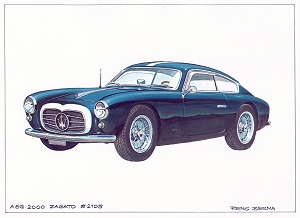
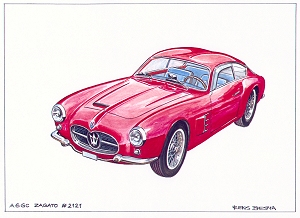
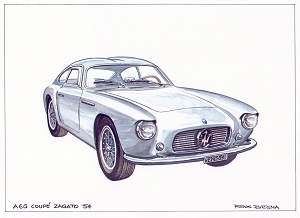
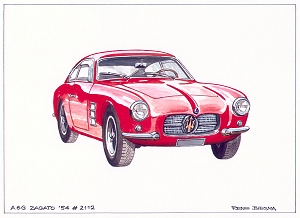
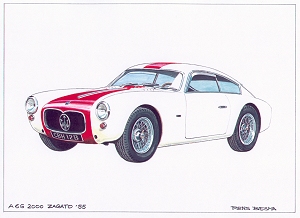
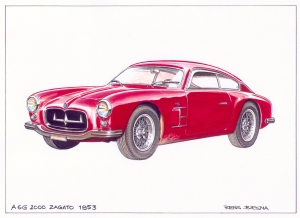
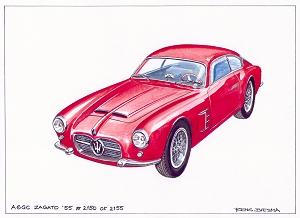
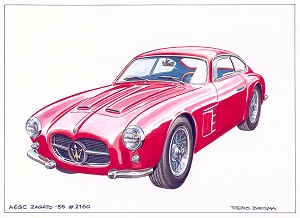
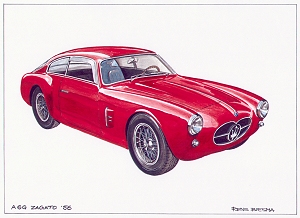
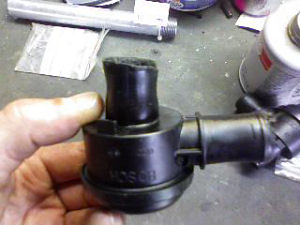
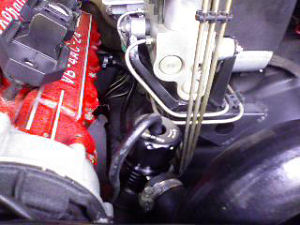
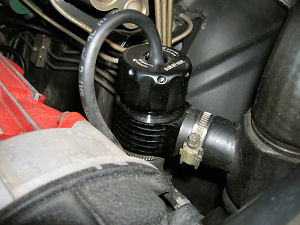
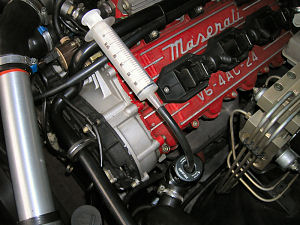
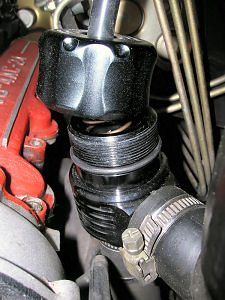
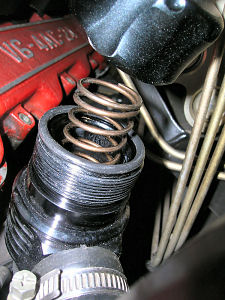
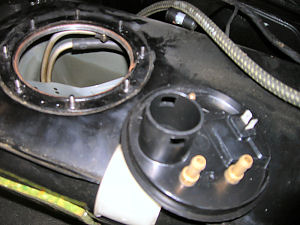
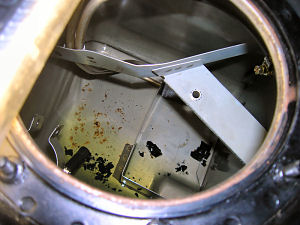
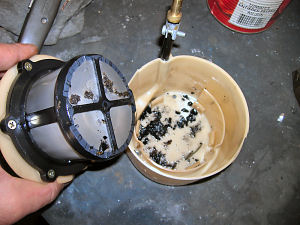
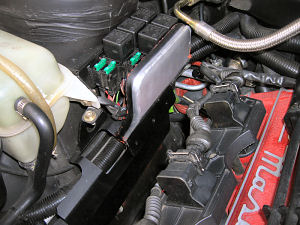
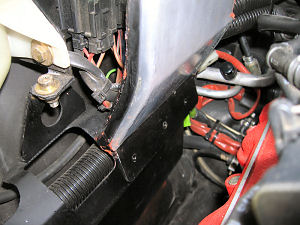
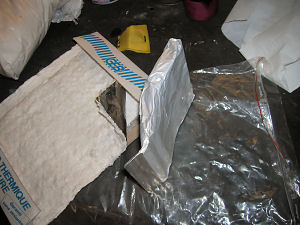
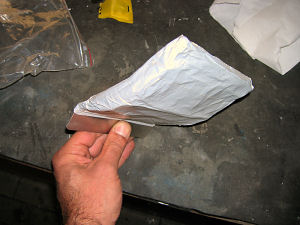
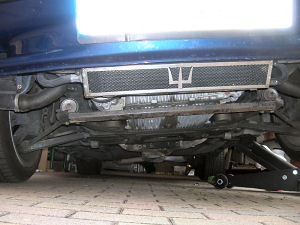
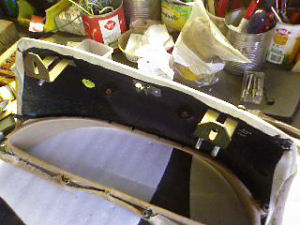
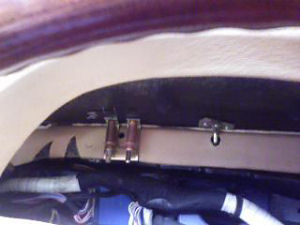
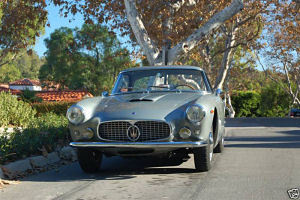
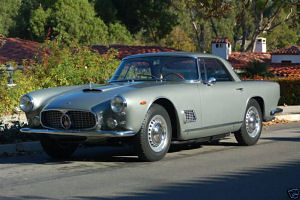
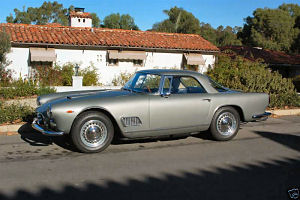
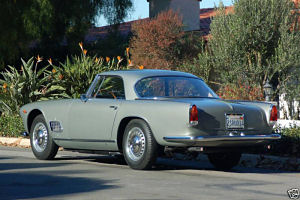
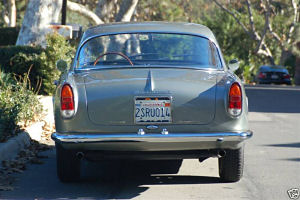
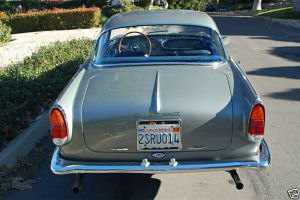
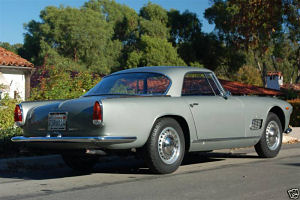
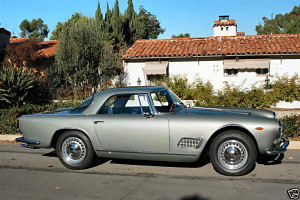
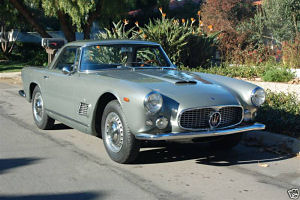
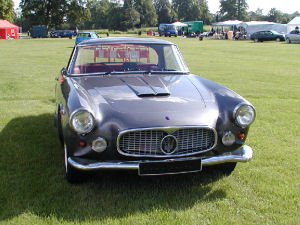
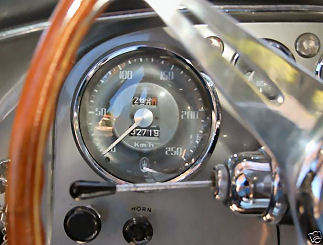
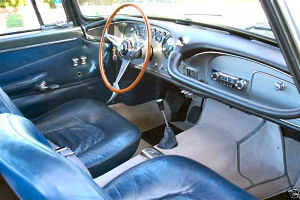
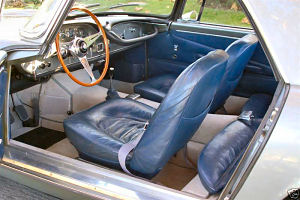
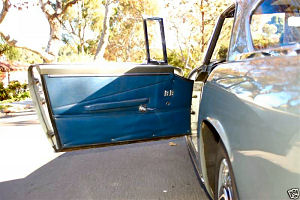
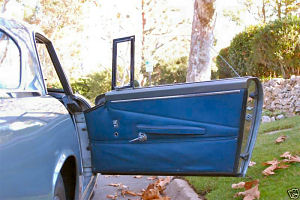
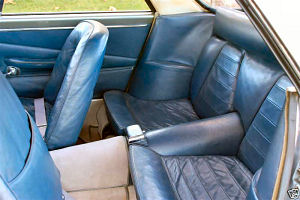
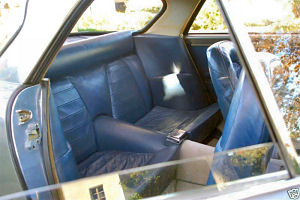
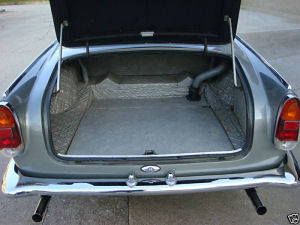
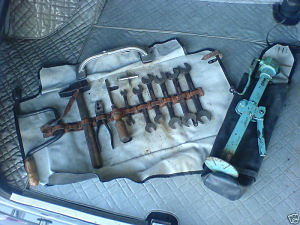
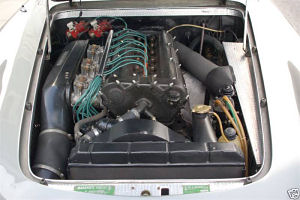
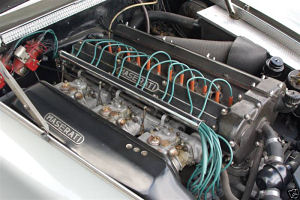
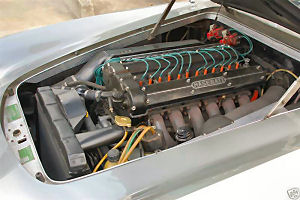
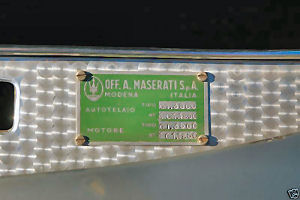

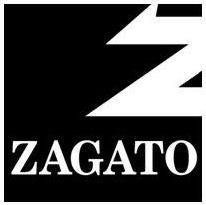 Milano, 15 Settembre 2009
Milano, 15 Settembre 2009